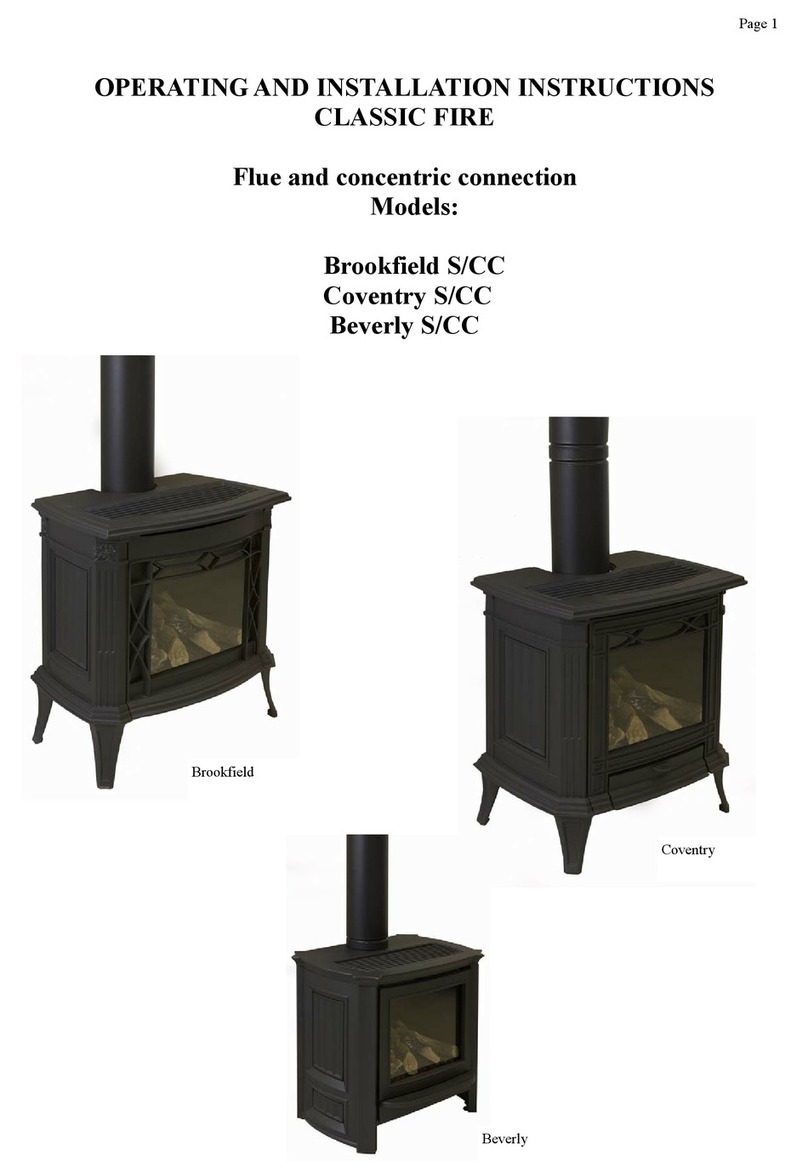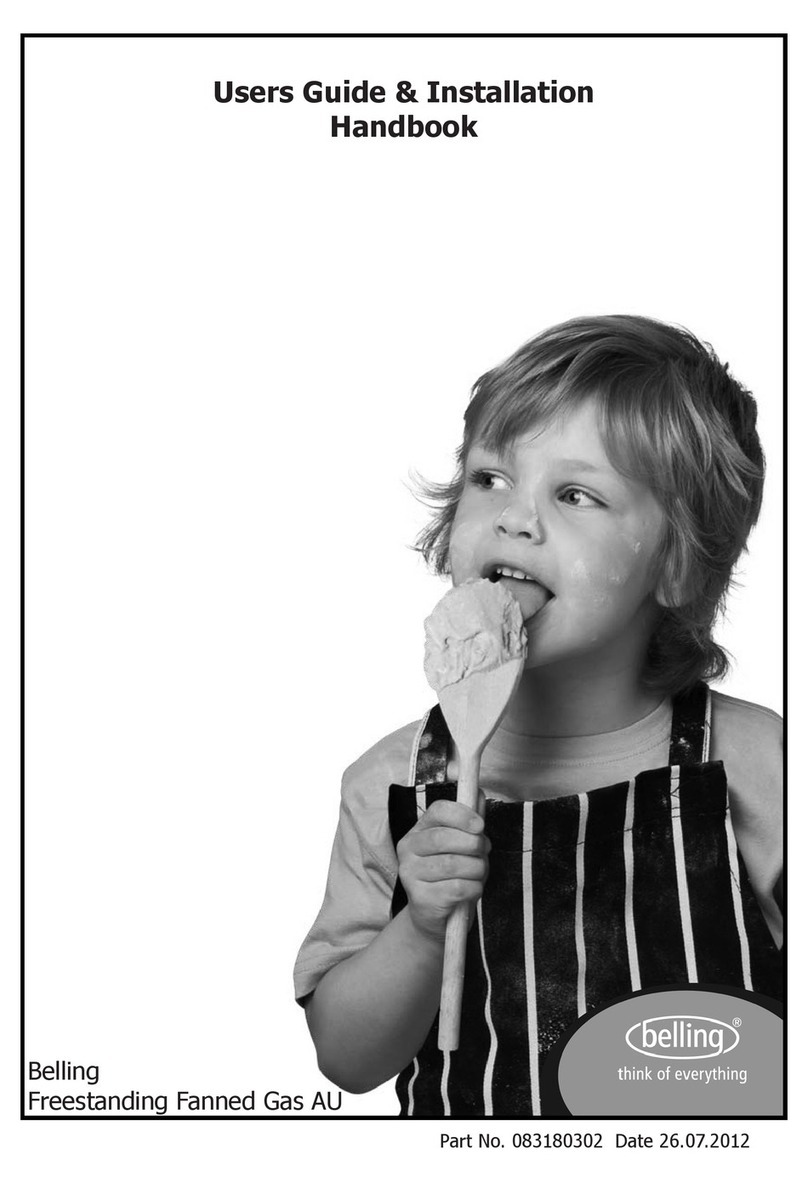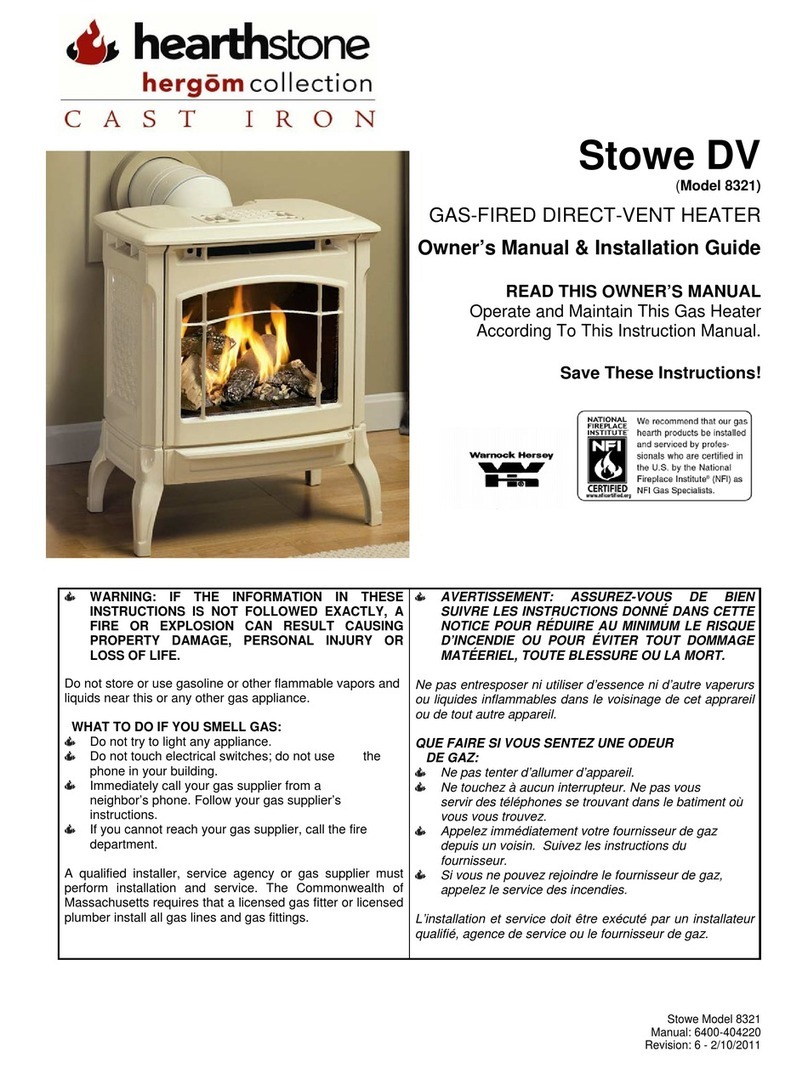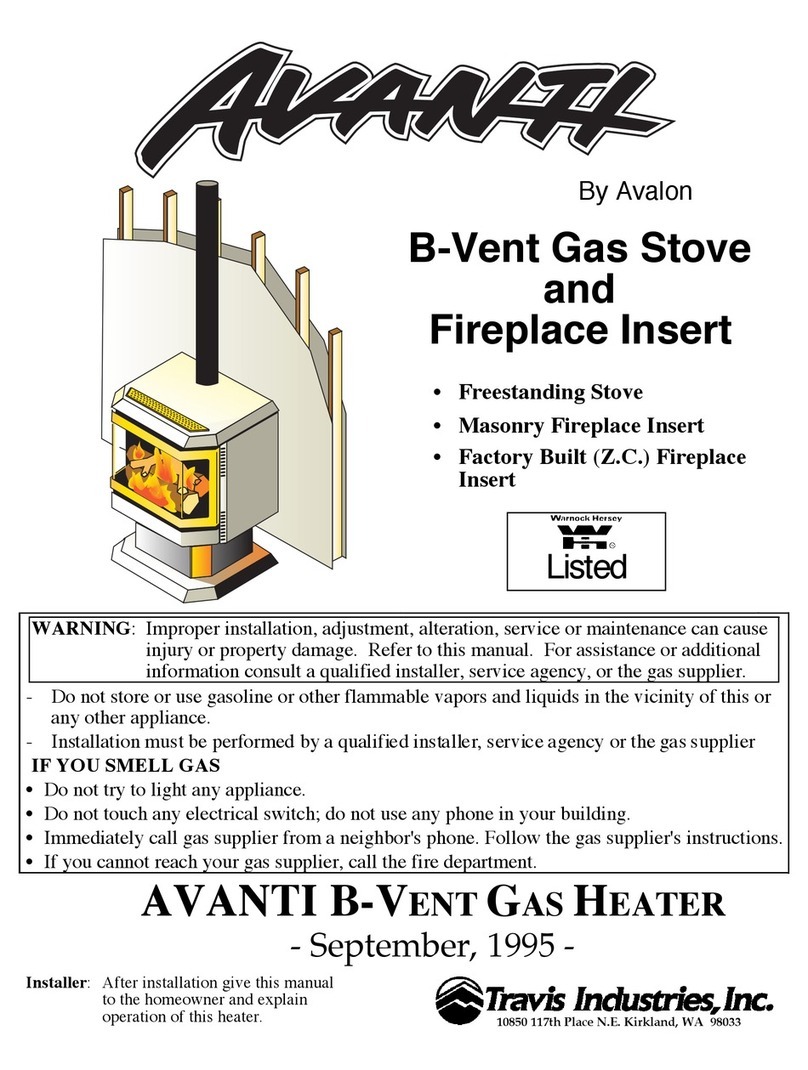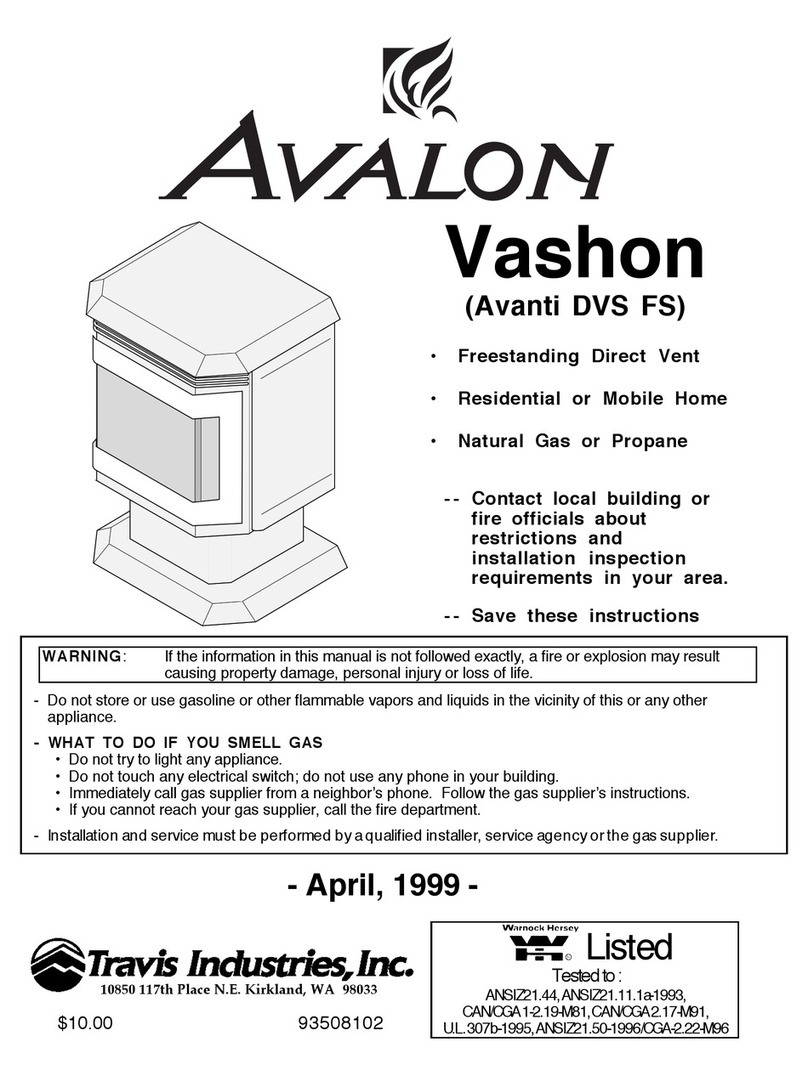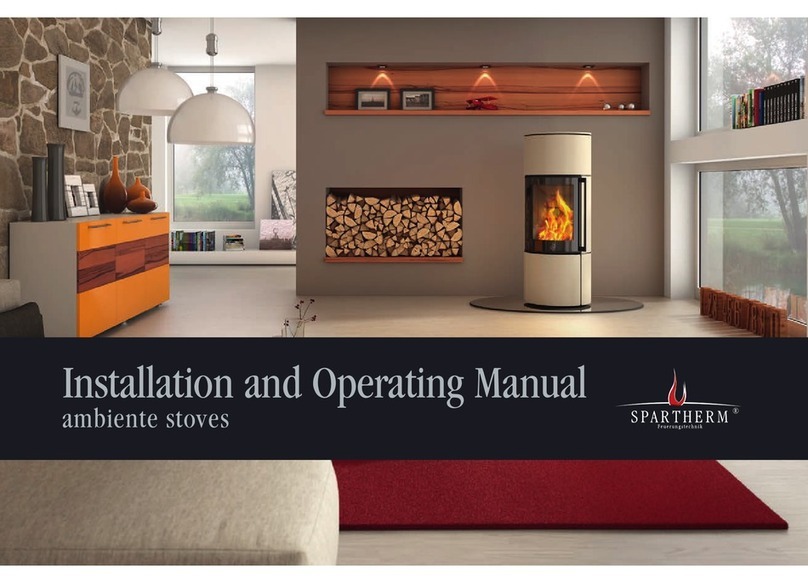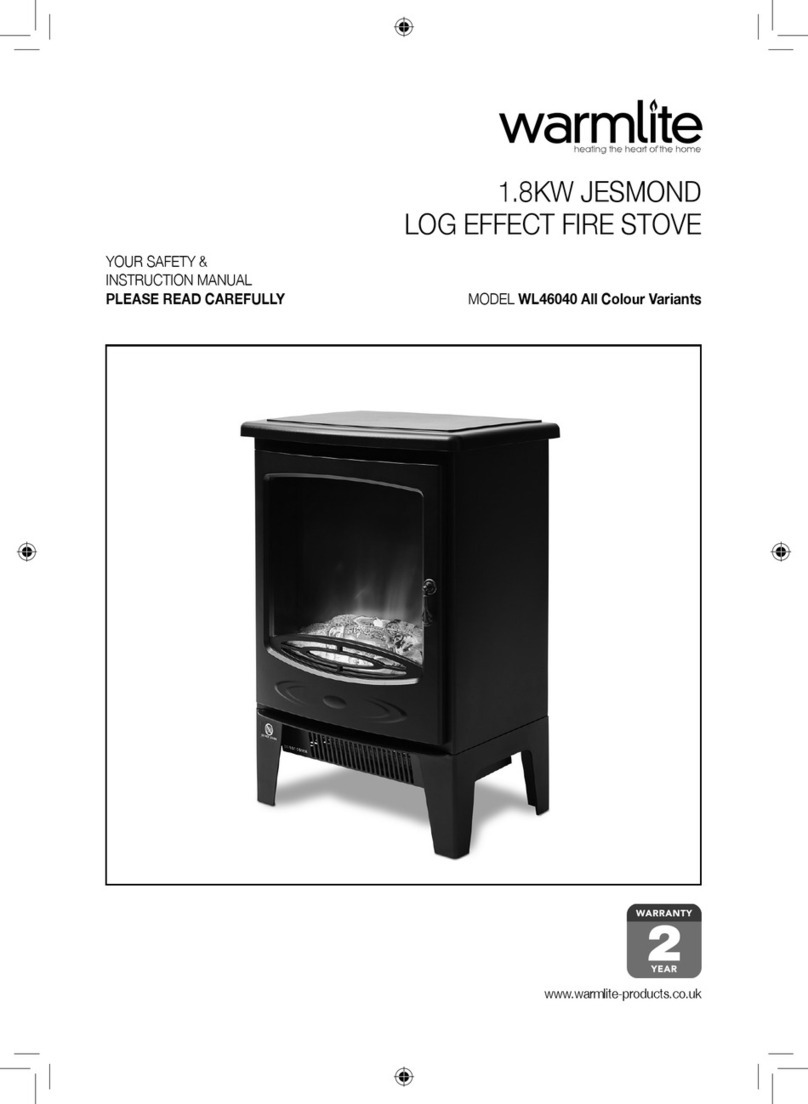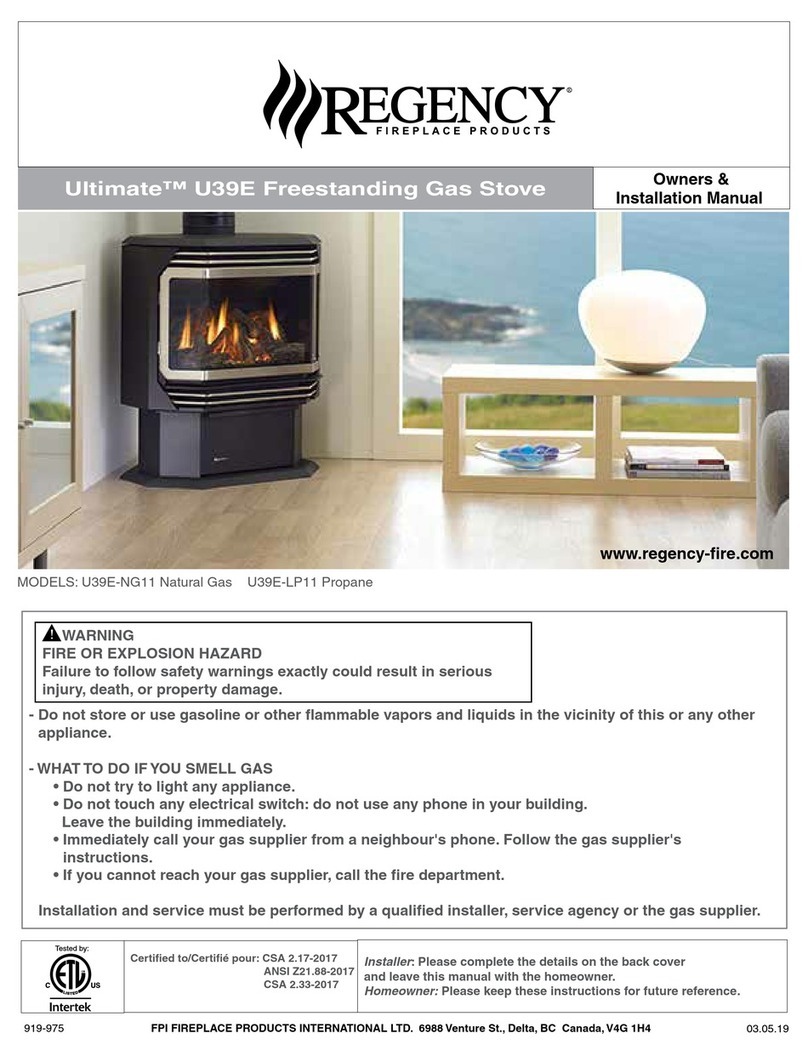SAFETY
BEFORE USING THE PRODUCT
Make sure that you have removed all
packaging and wrapping. Some of the
items inside this appliance may have ad-
ditional wrapping.
It is advised that you turn the ovens and/
or grill on for a short while. This will burn
off any residues left from manufacturing.
There may be a smell which accompanies
this process - but this is nothing to worry
about and is harmless.
It is recommended that you wash the
oven shelves, baking tray, grill pan and
grillpantrivetbeforetheirrstuseinhot
soapy water. This will remove the protec-
tive oil coating.
Caution: This appliance is for cooking
purposes only. It must not be used for
other purposes, for example room heat-
ing.
GENERAL
Warning! - Accessible parts may become
hot during use. To avoid burns, young
children should be kept away from the
appliance.
Children should be supervised to ensure
that they do not play with the appliance.
This appliance is not intended for use by
persons (including children) with reduced
physical, sensory or mental capabilities, or
lack of experience and knowledge unless
they have been given supervision or in-
struction concerning use of the appliance
by a person responsible for their safety.
Warning! - Servicing should be carried
out only by authorised personnel.
During use, the appliance must never be
disconnected from the mains supply as
this will seriously affect the safety and
performance of the appliance. Surfaces
may become too hot and gas operated
partsmaynotworkefciently.Thecooling
fan is designed to run on after control
knobs have been turned off. This helps to
keep the front of the appliance and the
controls within safe temperature limits.
Do not spray aerosols in the vicinity of
this appliance while it is in operation.
Donotuseorstoreammablematerials
in the appliance storage drawer or near
this appliance.
Do not modify this appliance.
OVEN / GRILL
Do
• Always take care when removing food
from the oven as the area around the
cavity may be hot.
• Always use oven gloves when han-
dling any utensils that have been in
the oven as they will be hot.
• Always make sure that the oven
shelves are resting in the correct po-
sition between two runners. Do not
place the oven shelves on top of the
highest runner, as this is not stable
and can lead to spillage or injury.
• Always use the Minute Minder (if
tted)ifyouareleavingtheoven
unattended - this reduces the risk of
food burning.
Do Not
• Never place items on the door while
it is open.
• Never wrap foil around the oven
shelvesorallowfoiltoblocktheue.
• Never drape tea towels near the oven
whileitison;thiswillcauseare
hazard.
• Never pull heavy items, such as tur-
keys or large joints of meat, out from
the oven on the shelf, as they may
overbalance and fall.
• Never use this appliance to heat any-
thing other than food items and do
not use it for heating the room.


